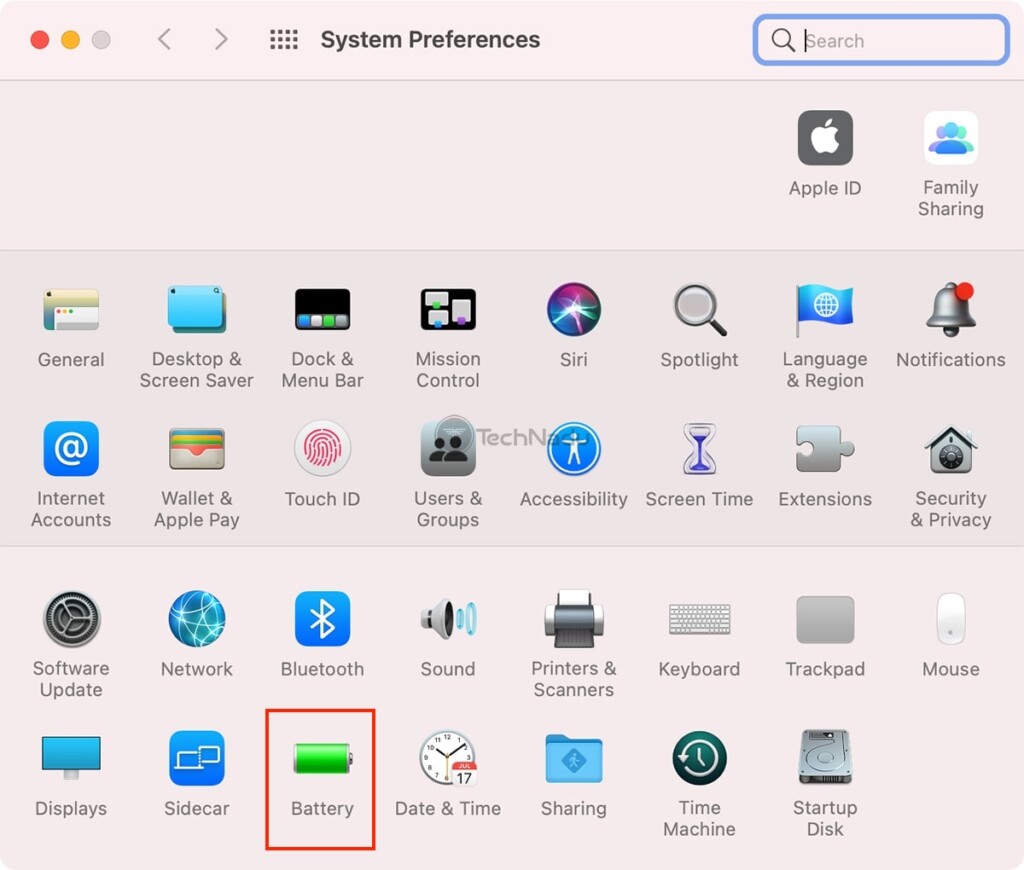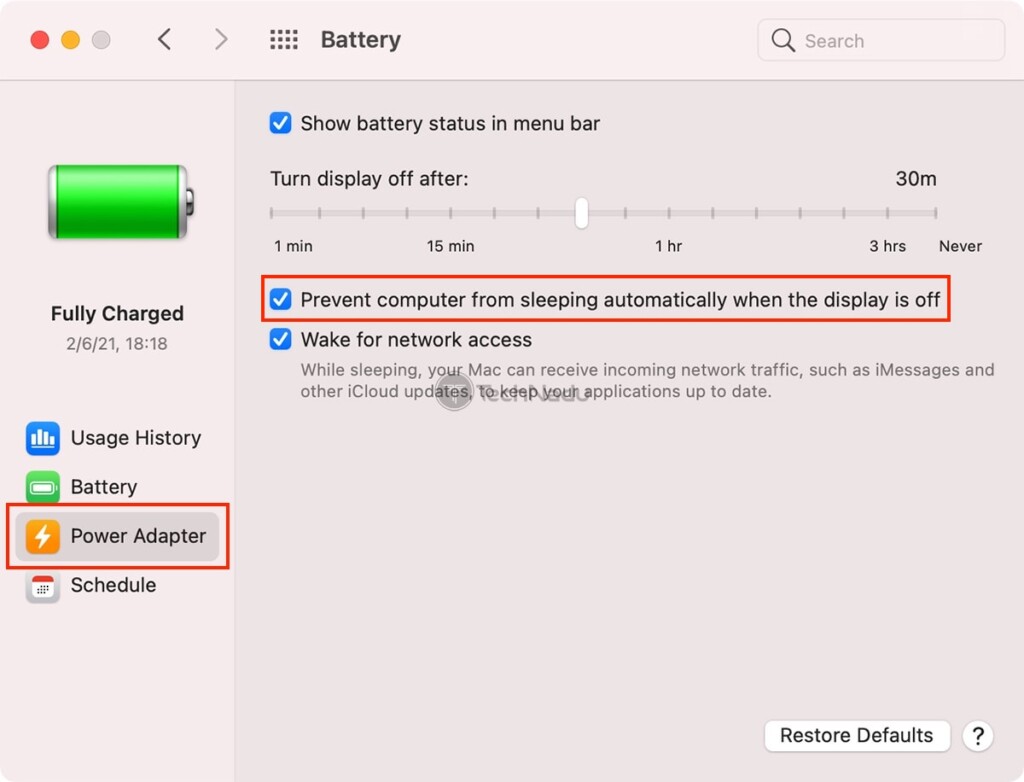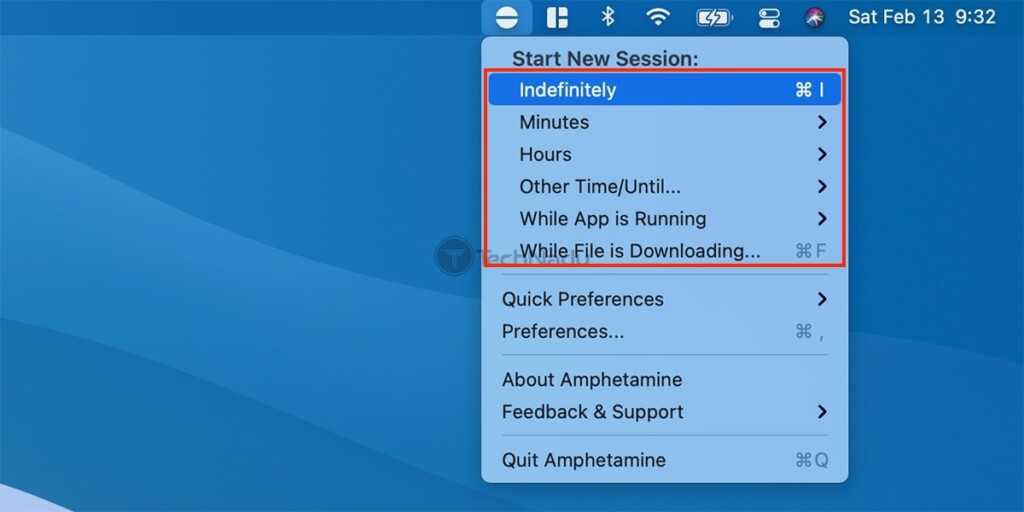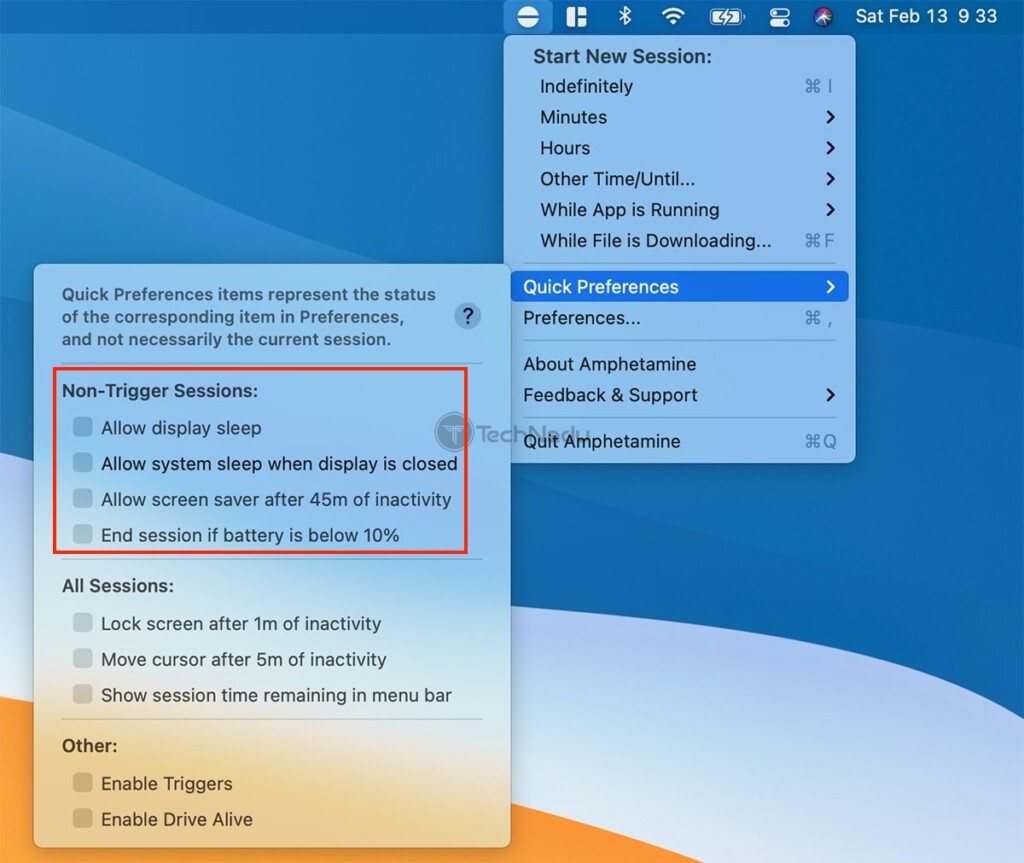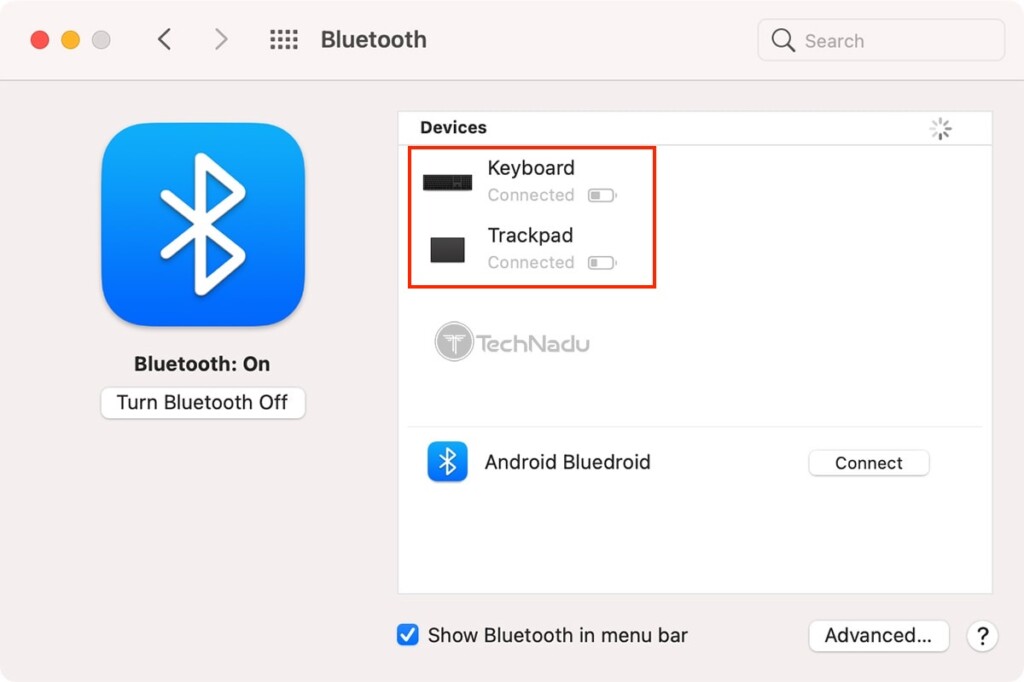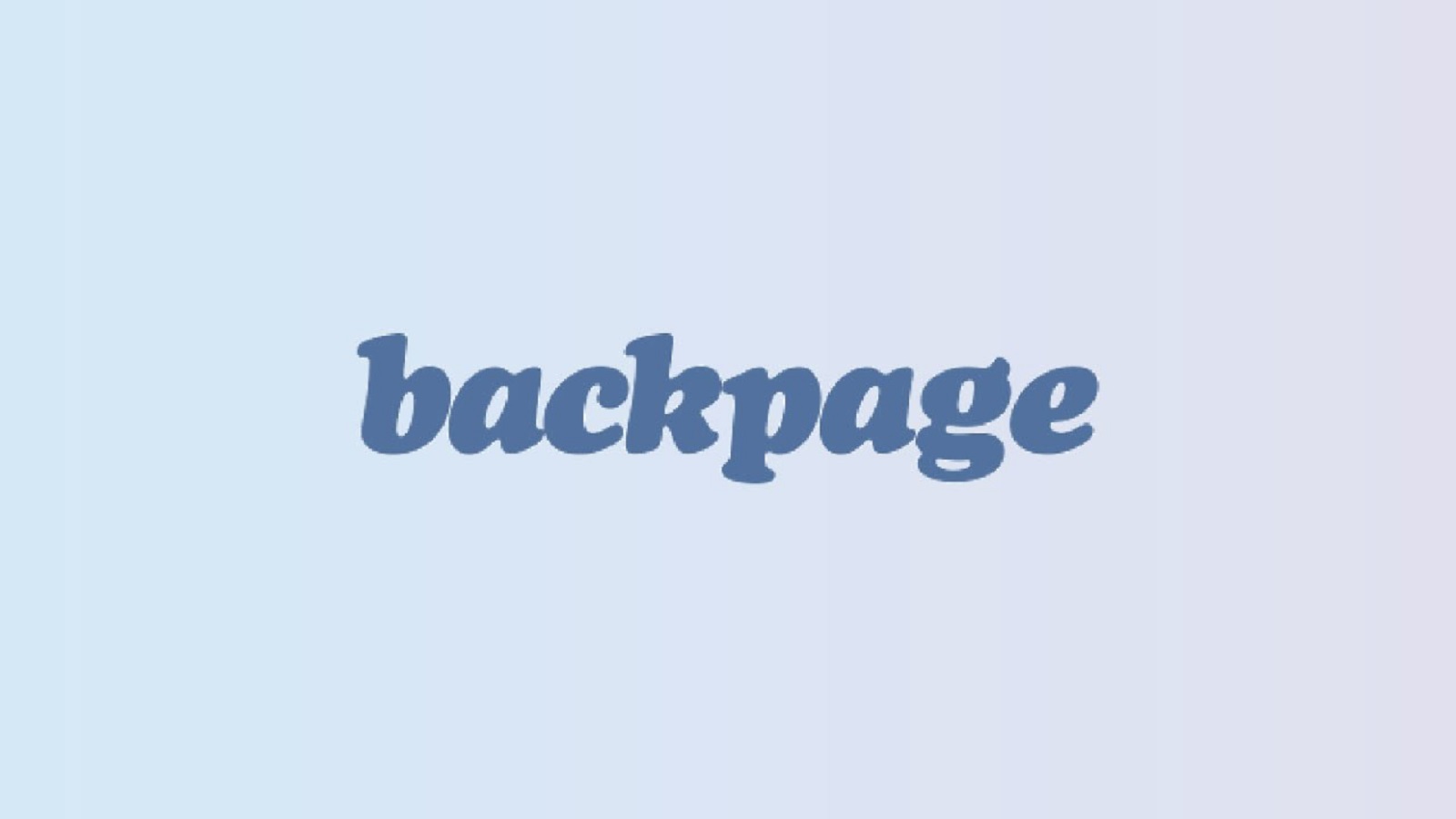
How to Prevent Your MacBook From Sleeping When Its Lid Is Closed
Your MacBook comes with many battery-saving technologies. One of those is your notebook's behavior when you close its lid, as that puts your computer to sleep instantly. So, what if you need your computer to run, even while you're on the go? Is there a way to prevent your MacBook from sleeping when its lid is closed? The answer is yes!
Keep in mind that macOS forces your MacBook to sleep as soon as you close its lid. There's no way to change that, but there are some workarounds that'll get the job done, so read this article carefully, as you'll need to pick a workaround that works best for you.
Prevent Your MacBook From Sleeping (When Closed) via These 3 Methods!
Right now, you have 3 options available. All of those produce the same result – keeping your MacBook awake while either being plugged in or using its battery. Here's all you need to know.
Method #1: Keep Your Mac Awake While Using a Power Adapter
Keep in mind that this method requires your MacBook to be plugged in. In other words, this method applies only to situations when your notebook uses its power adapter.
- Click on the Apple logo in the top-left corner of your MacBook’s screen.
- Navigate to System Preferences > Battery.
- Using the left-placed sidebar, you need to click on 'Power Adapter.'
- Check the box next to 'Prevent Computer from Sleeping Automatically When the Display Is Off.' You can also play around with the slider above this option, letting you fine-tune when the display should turn off (after a certain period of inactivity).
- We also recommend checking the box next to 'Wake for Network Access.' This allows your Mac to receive incoming Web traffic even while sleeping (which only works in select macOS apps).
We’d also like to note that you shouldn’t worry about leaving your MacBook Pro/Air plugged in overnight. That won’t affect its battery in the long term. Aside from that, it’s also perfectly safe to use your MacBook Pro/Air while charging. Use the provided links to learn more.
Method #2: Use 'Amphetamine' to Prevent Your Mac from Sleeping
Next, we have a handy utility application called Amphetamine. You can get it from the Mac App Store free of charge, and it comes with an unbelievably convenient set of features. So, here's how to use it to prevent your MacBook from sleeping when the lid is closed.
- First and foremost, download Amphetamine from the Mac App Store. Use the provided link to launch the Mac App Store on your computer, and then click on 'Get.' Alternative, you can open the App Store on your mind and then look up Amphetamine using the top-left placed search bar.
- Then, launch Amphetamine (you can find it in the 'Applications' folder). Keep in mind that this is a menu bar app, which doesn’t have a fully-featured interface. Instead, you activate it by clicking on its pill-shaped icon.
- A dropdown menu will appear, letting you activate a new (no sleep) session. There's plenty to choose from, including running a session indefinitely, setting a specific time, or picking a specific duration of your session. The quickest way to start is to right-click on Amphetamine's icon to activate the application manually.
- Before you start your first session, we recommend checking the application’s settings. Click on the app’s icon and navigate to 'Quick Preferences.' To make sure your notebook’s battery doesn’t deplete quickly, click on 'Allow Display Sleep.' Also, to keep your MacBook awake at all times (even when its lid is closed), uncheck the box next to ‘Allow System Sleep When Display is Closed.’ And lastly, we recommend using the 'End Session if Battery if Below 10%' option.
- That’s it! You can now feel free to activate a new Amphetamine session, which will keep your Mac awake. Of course, you’ll also get to close its lid, which won’t put your notebook to sleep.
As you can expect, your list of options doesn't end with Amphetamine. If you experience any issues or if you simply want an alternative, we recommend checking Caffeinated ($3.99), which is available on the Mac App Store. Also, this app is designed to prevent your Mac from going to sleep once you close its lid.
Method #3: Prevent Your MacBook From Sleeping Using an External Display & Peripherals
If you have an external monitor available, you can use it to turn your MacBook into a desktop-like computer. While doing so, you'll instruct your computer not to use its energy-saving technologies, keeping it awake as long as you want. This is what’s also known as 'closed-clamshell' or 'closed-display' mode. So, here’s what you need to do.
- First, you need to connect a keyboard and a mouse to your MacBook. The best method to achieve this is to use Bluetooth-compatible peripherals. So, put your keyboard and mouse into pairing mode, and then go to Apple > System Preferences > Bluetooth. Use that window to connect to your keyboard and mouse.
- Then, you need to connect your MacBook to power using its default AC power adapter. However, there's a way to bypass this if you have a relatively new monitor as some of them can charge devices via USB-C or Thunderbolt 3 ports, leaving you with an extra available port on your MacBook.
- The next step requires you to connect your external display to your MacBook. Since this can be a bit confusing topic (especially if you have an older monitor), we recommend checking this article on Apple’s video adapters. Keep in mind that your external monitor must be connected to power using one cable and connected to your MacBook using a video/audio cable.
- Once you connect your MacBook to the external display, your notebook’s desktop will appear on the external display. That’s when you can close your computer’s lid (and your MacBook will stay awake, of course).
Those would be the three ways to prevent your MacBook from sleeping while its lid is closed. If you have any questions, know that we're here for you. So, feel free to post your comment below. And lastly – thanks for reading!

